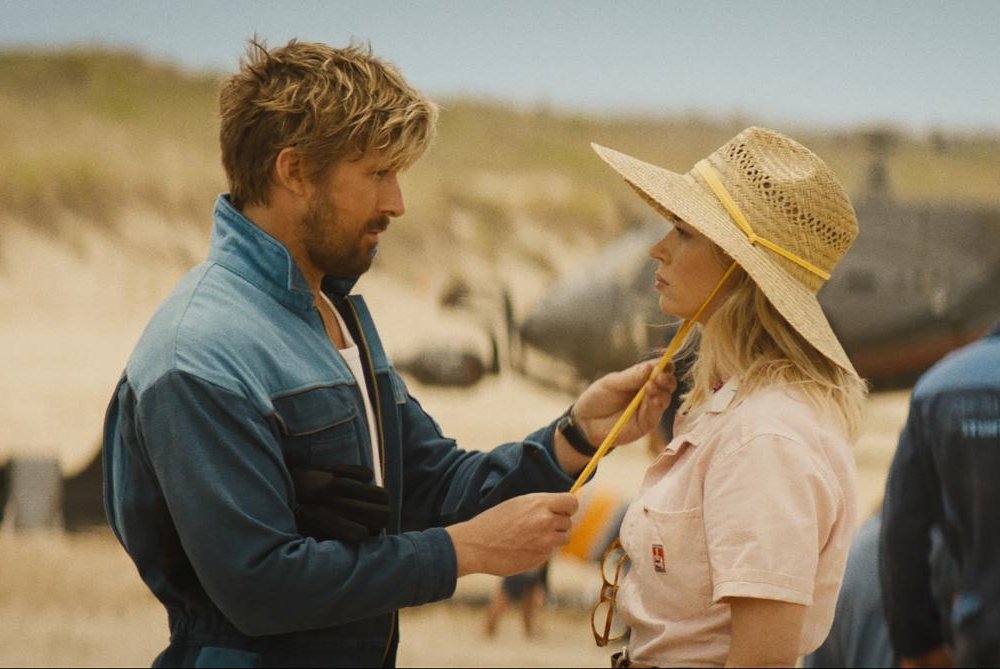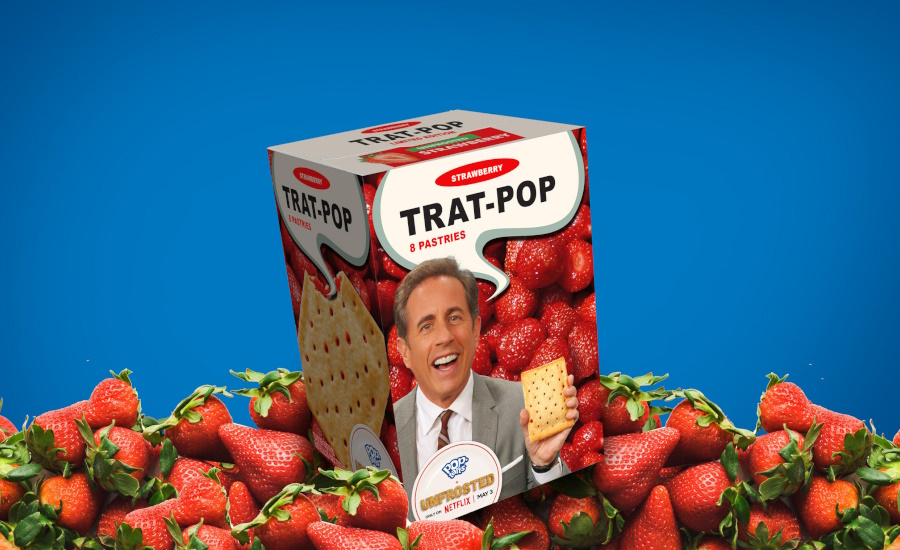A common question we get from backpackers is,
“What backpacking meals do you have that are low in sodium?”
Low sodium is a regulated term for food containing 140 mg of sodium or less per serving. Most packaged food will not meet this definition because salt functions as a natural preservative and drying agent. Fresh food and water-packed meals are your best bet for finding low sodium food. Beyond that, dried single ingredients, especially freeze-dried fruits and vegetables, are more likely to be low in sodium than dried packaged meals. A small amount of sodium is found naturally in many plant foods, although most get added during processing for flavor and in preparation for storage. Foods like jerky that are moist and flexible versus crispy are dried less, leaving more water in the food. Therefore, more salt is required to deprive microbes of using the available moisture to grow pathogens and spoilage-producing bacteria. Salt is not needed when preserving food by evaporating water via freeze-drying — instead, it’s a flavor enhancer.
If you need low sodium backpacking food containing 140 mg of sodium per serving, your best chance of finding them is with single-ingredient plant-based foods. Outdoor Herbivore has plenty of low sodium bulk ingredients such as instant rice, instant pasta, quinoa puffs, instant tricolor quinoa, lentil flakes, chopped carrots, tomato flakes, Asian vegetable mix, peanut butter powder, soy milk powder, and egg powder.
You will have many more food choices if you can eat a sodium-restricted diet by limiting your daily sodium to stay within the recommended FDA guidelines. Here’s a look at the requirements.
Sodium Requirements
To limit sodium in your diet, consume less than 2,300 milligrams per day, or about one teaspoon. Based on sodium’s ability to raise blood pressure, getting more than 2,300 milligrams per day increases your risk of developing high blood pressure, a major cause of stroke and heart disease. High-sodium diets can also lead to kidney disease. Therefore, if you want to restrict your sodium intake to the recommended guidelines and eat three meals daily while on the trail, your best bet is to stick to backpacking meals containing 33% or less of the Daily Value (DV).
We can do better than 33% and have put together this list of Outdoor Herbivore meals and products that contains 25% or less DV sodium per serving.
When looking at sodium values, check the nutrition facts panel for the definition of one serving. The food may be low in sodium according to the milligrams in one serving, however if you will be eating more than the defined portion on the package, it’s easy to overload on sodium despite that it’s a reduced sodium product.
Common Sodium Claims Defined
Nutrient Claim What It Means
Salt/Sodium-Free Less than 5 mg of sodium per serving
Very Low Sodium 35 mg of sodium or less per serving
Low Sodium 140 mg of sodium or less per serving
Reduced Sodium At least 25% less sodium than the regular product
Light in Sodium or Lightly Salted At least 50% less sodium than the regular product
Sodium-Free and Very Low Sodium
Foods with 35 mg of sodium or less per serving are mostly likely fresh fruits and vegetables. Most preserved or packaged foods will only meet this if the serving size is unrealistically small.
Low Sodium
Finding packaged backpacking meals having 140 milligrams or less of sodium per serving, which are considered “low sodium” will be more challenging.
At Outdoor Herbivore, we have several breakfast dishes that meet the low sodium definition, including Berry Chia Zinger, Blueberry Vanilla Crunch, Chia Oat Crunch, Coconut Chia Peel, and Toasted Sunburst Muesli. Low-sodium lunch/dinner meals include Fiesta Quinoa Salad and Waldorf Salad. As previously mentioned, we also have many low sodium bulk ingredients and snacks that are low sodium.
Reduced Sodium
Reduced sodium is not the same as low sodium. If an item has “reduced sodium” on the label, it has 25 percent less sodium than the amount typically found in the regular product. For instance, a popular pouch of cheesy pasta contains 1000 mg of sodium per serving. If 25 percent of the sodium is removed, the reduced-sodium version will have 750 mg, which is still over 50% of your daily recommended intake. Because many commercial backpacking meal brands are high in sodium, a reduced-sodium meal may not qualify as low in sodium.
Major backpacking brands rely heavily on salt for the flavor to keep costs low. At Outdoor Herbivore, we use herbs and seasonings for flavor instead of just salt; thus, nearly all of Outdoor Herbivore’s products meet the reduced sodium criteria.
High Sodium
Packaged meals with 600 milligrams (mg) or more of sodium per meal are considered high in sodium. Salt is present in nearly all packaged and prepared food, and the average daily salt intake in the United States — and other parts of the world — is two to three times the recommended daily. A typical backpacker’s diet includes these familiar HIGH sodium items:
Low-Sodium Alternatives
Tips for reducing sodium include using foods that provide flavor without added salt. Some tips,
 Table Salt and Sodium
Table Salt and Sodium
Although “table salt” and “sodium” get used interchangeably, they aren’t the same. Table salt (also known by the molecular name sodium chloride or NaCl) is a crystal-like compound that comes from ocean water and salt mines made of evaporated seas. Sodium is one of the chemical elements found in salt — the other is chloride.
Both sodium and chloride ions are essential to keep our body chemistry in balance. They mostly remain in our blood plasma to balance potassium and other ions inside our cells. It’s estimated that we need at least 1 gram of salt per day (less than 1/4 tsp) to maintain health, a requirement that increases with physical activity or anything that contributes to excessive loss of fluids via sweat or bodily excretion. The two minerals, sodium and chloride, are essential electrolytes that regulate fluid balance, nerve transmission, and muscle function.
Consuming too little sodium, often caused by dehydration and medical issues, can be just as dangerous to health as excessive consumption. In the short term, it can cause our muscles to cramp and increase our odds of a heat stroke. Keeping a low-sodium diet long-term can also cause undesirable increases in blood cholesterol levels and only moderately lower blood pressure. Your ideal sodium intake depends on your overall health status and age. The most beneficial non-medical influence on blood pressure is not restricting salt but eating more vegetables, fruits, and seeds rich in potassium, calcium, and other minerals, along with physical exercise that targets the cardiovascular system, such as hiking.
The importance of iodized salt
Many people that eat a healthy diet, including avoidance of processed food and those keeping low sodium diets, can become deficient in iodine. Although the majority of salt intake in the United States comes from processed foods, most, including backpacking food and other packaged food, rarely contain iodized salt. Product labels will indicate if the salt used is “iodized” or provides potassium iodide.
Iodine naturally occurs in ocean water. To get enough iodine, you must regularly consume seaweed, seafood, or iodized salt. Iodine is an essential mineral for maintaining the thyroid gland, which regulates body warmth, protein metabolism, mood, and other important biochemical reactions.
At Outdoor Herbivore, we use sea salt in our food products rather than iodized salt. We prefer sea salt because it is less refined and contains traces of ocean minerals; unfortunately, sea salt is not a good source of iodine.
Regular table salt is mined from underground salt deposits and is further processed to remove impurities. Table salt is fortified with iodine to prevent iodine deficiency, and anti-caking agents, such as sodium aluminosilicate, magnesium carbonate, and calcium silcate, are added to avoid clumping. Additives can contribute to undesirable tastes, such as bitterness, so a sweetener (dextrose or glucose) is often used to counteract the bitterness. Although sodium aluminosilicate is an allowed food additive in the USA and EU under the “generally recognized as safe “category, it’s use is controversial due to the aluminum-containing compounds. If you are concerned about consuming aluminum, we recommend looking at brands that use no additives (i.e., sea salt) or use other additives, such as calcium silicate, magnesium carbonate, or silicon dioxide.
May you consume wisely,
Outdoor Herbivore
This content was originally published here.






 Table Salt and Sodium
Table Salt and Sodium


